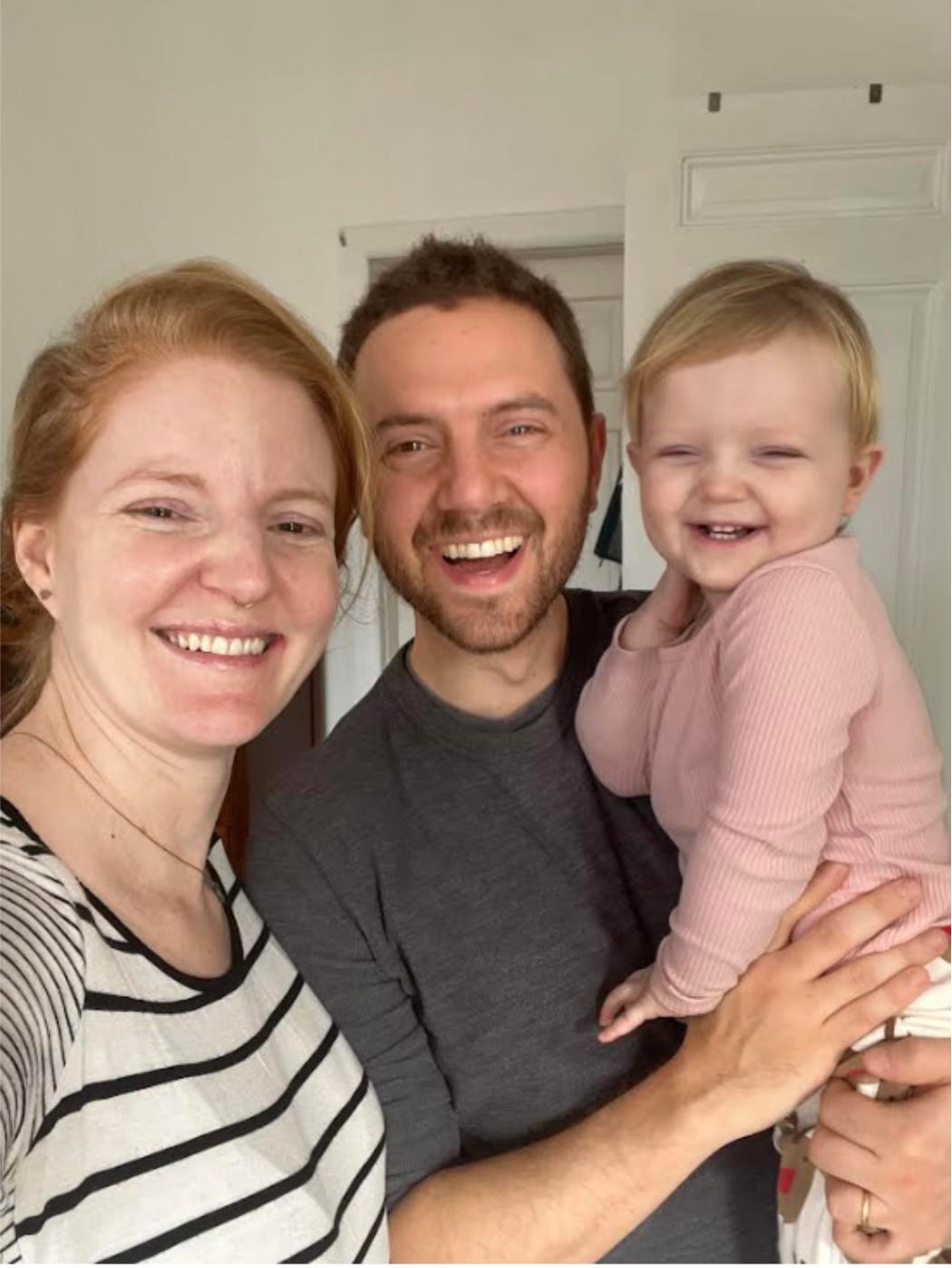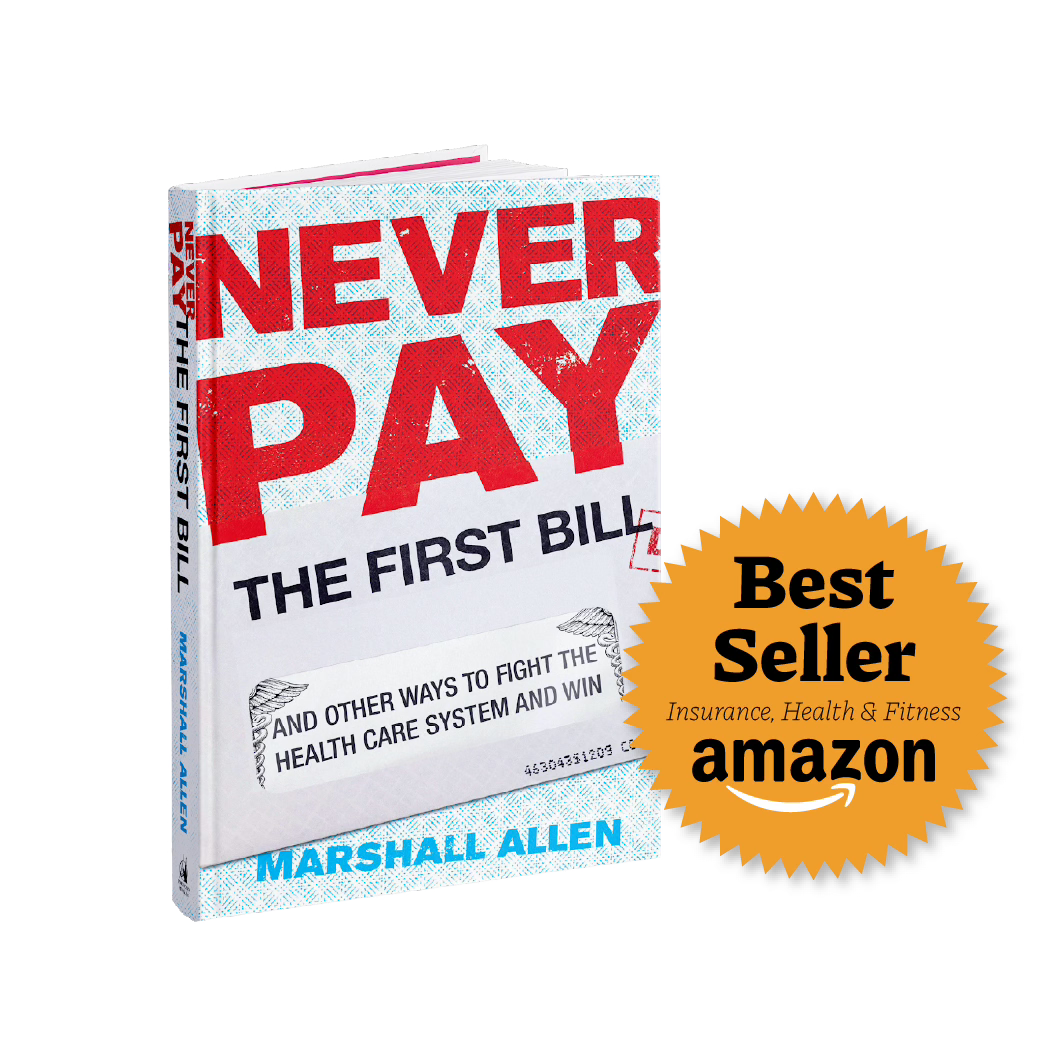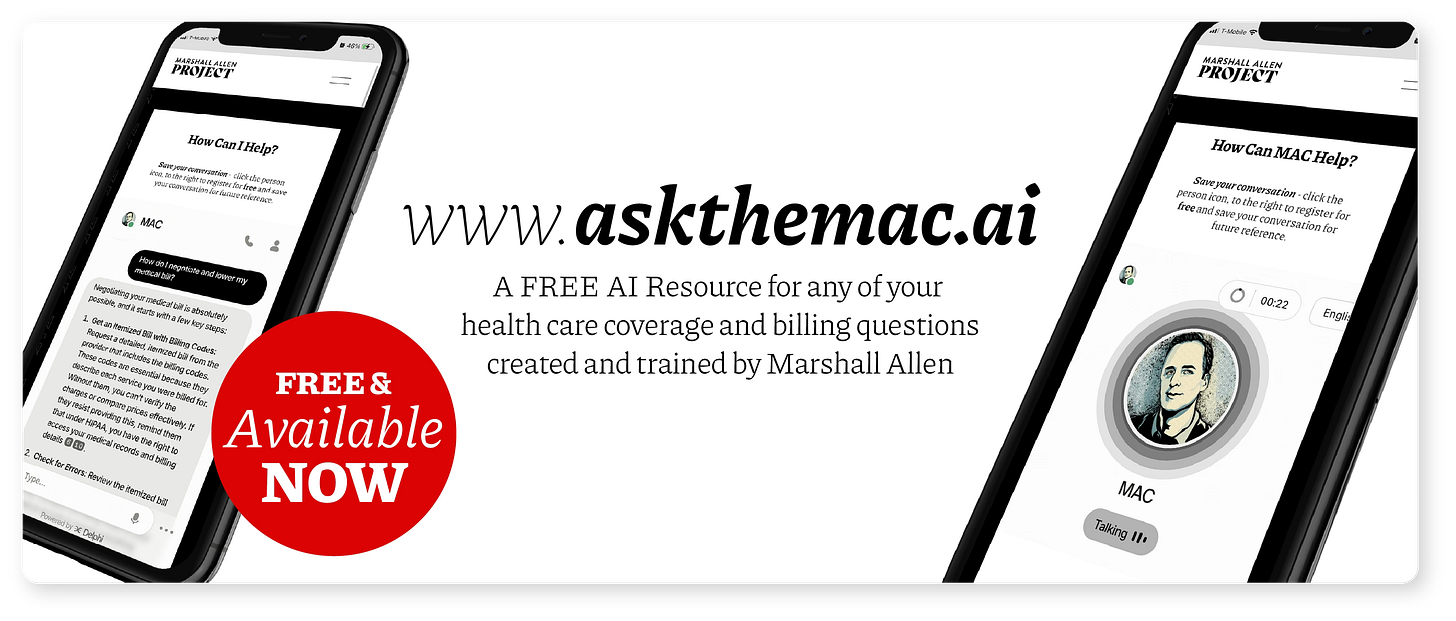How Much Should a Birth Cost?
Pete Martin and his wife, Katherine trimmed bills of nearly $9,000 from their daughter’s birth down to $4,000 after persistent negotiations with NewYork-Presbyterian.
When Pete and Katherine welcomed their daughter, they never imagined her birth would come with a nearly $9,000 price tag. Pete Martin lives in Brooklyn, New York with his wife, Katherine.
“We didn’t think we would pay $0, but we didn’t expect to be hit with $9,000 in bills after having what seemed like a routine birth.”
“We did a lot of research and ran a ton of numbers.” Pete recalled the process they went through several years before the birth of their daughter in May of 2023. Anticipating the expansion of their family, he and his wife spent time comparing their employer-sponsored health insurance plans to determine which one offered better coverage.
Pete recalls asking each of their insurance companies for estimates on the cost of a childbirth. After receiving no definitive dollar amounts, they opted against the plan with no out-of-network coverage. “We were afraid of being stuck with no out-of-network coverage, and so that was the deciding factor for us.”
Pete is a New York native who grew up in Manhattan. Katherine grew up in Nashville, and the pair met when they were both in their first year of law school. Five years after meeting, they got married and welcomed their first child a year later.
“We got to the hospital 20 minutes before our daughter was born,” Pete recalled as he described how quickly the events unfolded at NewYork-Presbyterian’s Brooklyn Methodist Hospital. The natural birth went as smoothly as they could have anticipated. The only hiccup was that before going into labor, Katherine had tested positive for strep B, which brings the risk of infection in newborns. The standard procedure to mitigate that risk is several hours of antibiotics before delivery, but because Katherine was not in the hospital for long enough before giving birth, the hospital made them stay for observation beyond the baby’s first 24 hours of life.
Their hospital stay was therefore a two-night affair, starting on a Saturday evening and ending with their release on Monday afternoon once the possibility of infection was ruled out. About four months later, charges started to roll into their mailbox.
The bills totaled over $48,000
“The bills we received were shocking in size, considering how good we thought our health insurance was.” Pete shared that the two bills totaled $48,780, leaving them with $8,756 out of pocket (after adjustments made by insurance covered $40,024 of the charges).
Stunned by the amount, Pete turned to an email list of fellow Brooklyn parents called “Park Slope Parents.” He sent an email asking for advice on how to handle large birth-related bills. His inquiry didn’t take long to pay off; Pete received several replies, including one from Ryann Grochowski Jones, who introduced herself as a journalist who covers health insurance.
Ryann is a former ProPublica reporter who had worked with the late Marshall Allen. After reading Pete’s email, she recommended Marshall’s book, Never Pay the First Bill. Pete checked the book out from a local library and took detailed notes on strategies to negotiate down his hospital bill.
Inside an 8-page long document of notes, Pete wrote down several tips and pointers:
Obtain an itemized bill - make sure each charge accurately reflects services delivered
Examine the itemized bill and the medical records to see if both reflect the care received
Look into financial assistance policies, which can result in a sliding scale discount based on your income
Negotiate - ask directly for discounts, including any discount offers for prompt payment
Brooklyn Methodist originally billed Katherine $31,841, which her insurance reduced by $26,000, leaving her a co-insurance balance of $5,868. One week later, the new family was hit with a different bill in their daughter’s name for $16,919. Their insurance adjusted the amount by $14,000 which left them with a co-insurance payment of $2,888.
After taking no action to resolve either of the bills for several months, they received a statement by mail showing that their daughter’s bill was adjusted from $2,888 down to $1,588.
“We received a scary letter that appeared to be a debt collection notice for our daughter's bill. It turned out to be a letter from a nonprofit affiliated with NewYork-Presbyterian, which enraged me.” Pete and Katherine were startled by all this, especially after confirming that the hospital hadn't actually sold the debt to an outside collector. Since they were still learning about the billing process - and how to navigate it - they decided to pay the revised smaller bill of $1,588 without any further negotiation attempts.
After this, their sights shifted to the larger bill in Katherine’s name with an original price tag of $6,200. After months of inaction from Pete, the hospital reduced the charges on this bill to $5,868. Still frustrated by the large sum, he called the hospital to begin negotiations. On his first call he was offered a 20% discount if they were to pay it all that day. Pete refused and ended up calling back several times per week over the next few weeks, eventually offering to pay $3,500.
The hospital rejected their offer twice and then proceeded to send them a bill for $3,232. Pete waited a few weeks and then called back offering to pay $2,500. They told him they could only give a 15% discount off the most recent bill, and had to speak to a supervisor for a discount any larger. The next day Pete received a call from a supervisor agreeing to the $2,500. He gave his credit card information and paid it off that day.
“I just didn’t pay. I called, they offered me something, I said I can’t pay that. I called back, they offered me something, I said I can’t pay that. And after several rounds of that, I was satisfied with how much it had been reduced.”
It’s common for hospitals to send automated communications and use bill collectors to create a sense of urgency for payment. Pete responded to this with poise, using time to his advantage; He negotiated tactfully, waiting to pay his bill until an agreement was reached.
Pete developed the confidence and courage to resolve these bills; You can do the same!
Pete and Katherine are expecting their next child any day now. Wishing them the best with their birth and medical bills on their second go-around.
Final Thoughts and Key Takeaways:
Pete and Katherine’s story is a powerful example of how persistence, community support, and informed strategies can lead to significant savings on medical bills. Below are key lessons from their journey:
Leverage Community Resources: Pete’s post on the Park Slope Parents forum connected him with invaluable advice and resources. Online communities can be a lifeline for navigating complex health care challenges.
Arm Yourself with Knowledge: Reading Never Pay the First Bill gave Pete the tools and confidence to negotiate effectively. Knowledge is power when dealing with the health care system.
Always Obtain an Itemized Bill: Reviewing itemized charges and comparing them to medical records is crucial for spotting errors and overcharges.
Negotiate Relentlessly: Pete’s persistence paid off. He refused initial offers, used time to his advantage, and ultimately secured significant discounts. Remember, the first offer is rarely the best.
Be Wary of Aggressive Billing Tactics: The misleading debt collection notice from the hospital was a scare tactic. Always verify the legitimacy of such notices before taking action.
Don’t Let the System Intimidate You: Pete’s story shows that even when the odds seem stacked against you, persistence and courage can lead to meaningful victories.
This story is a testament to the power of advocacy and determination. Pete and Katherine’s success is a reminder that with the right tools and mindset, you can push back against unfair medical bills and win. Congratulations to them for their hard-earned victory!










